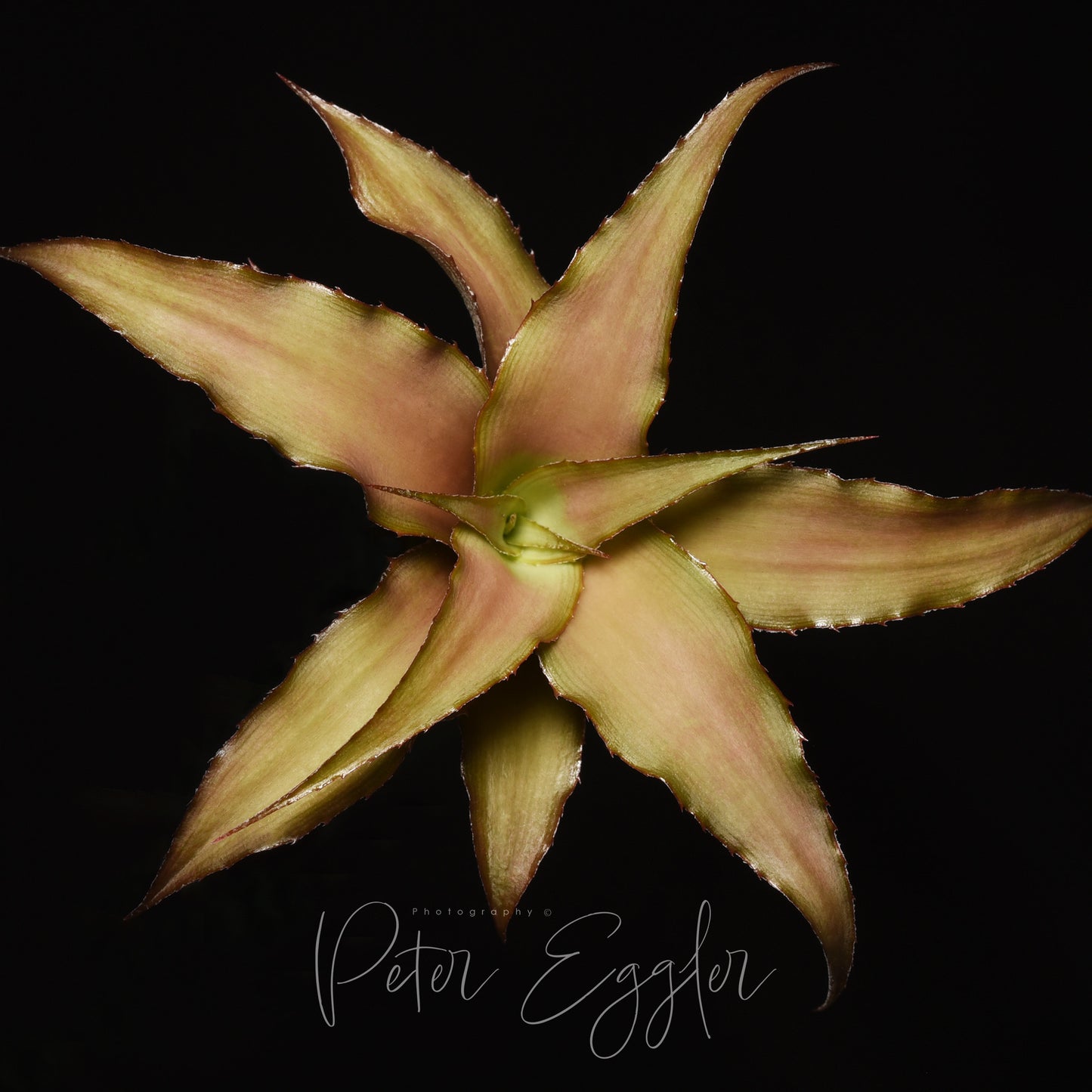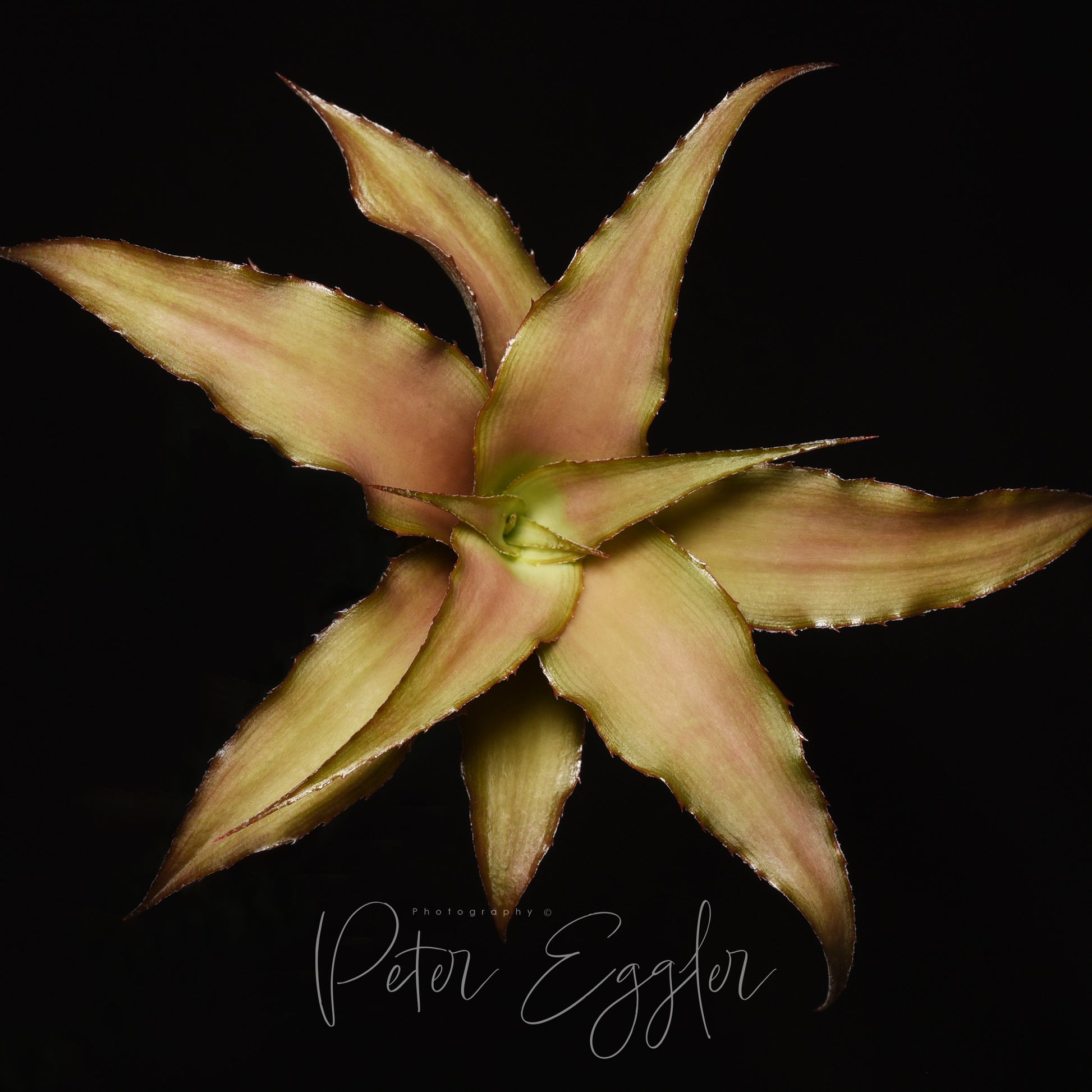Cryptanthus acaulis var. ruber
Cryptanthus acaulis var. ruber
3 in stock
Plant Size/Portion Size:
Plant Size/Portion Size:
Couldn't load pickup availability
Plant Name: Cryptanthus acaulis var. ruber
Tankquility Catalogue #: TQ-03133
Synonyms/Trade Names: Cryptanthus acaulis
Original Plant Sourced as: Cryptanthus acaulis var. ruber
Plant Family: Bromeliaceae
Plant Native to1: Brazil Southeast (C. acaulis)
The variety ruber is recognised in “The new Bromeliad Taxon list” [Gouda, E.J. & Butcher, D. (cont.updated) - University Botanic Gardens, Utrecht].
Plant Type: Terrestrial
Image Details2:
Image 1: Shadehouse grown Cryptanthus acaulis var. ruber.
General Information and Cultivation3: A small-size Cryptanthus, easy to cultivate in a terrarium. Growth habit is a compact rosette, though leaves will continue to grow in length if a senescent, post-reproductive plant is not replaced with an offset. Plants attain maturity and begin to produce offsets at around 120mm in diameter. Cryptanthus acaulis var. ruber prefers warm, humid conditions; higher temperatures and bright lighting will encourage the best colouration in plants. Bright lighting will help to maintain compactness. As for other Cryptanthus, only modest ventilation is necessary. Tankquility cultures this clone in a constantly moist, free draining, peat-based substrate. Fertilize moderately.
Propagation is easy by division and replanting of offsets from the mother plant.
Ease of Care: Easy
Plant Size/Portion Size:
Offset: Shadehouse grown offset with or without root development.
Further Reading:
1 Distribution is taken from Plants of the World Online (https://powo.science.kew.org/) unless stated otherwise.
2 All images used on the Tankquility website have been taken of plants growing in our nursery.
3 The general and cultural information provided is based on our own experience and observation. If we supply information from others, we have acknowledged the source.
SKU:
View full details
-
Plants can alter their appearance due to seasonal influence, or in response to different environmental conditions or stage of maturity. This phenomenon is known as phenotypic plasticity, and it is especially evident in Aquatic/Semiaquatic plants. Whilst we endeavour to portray a plant accurately, the plant you receive may have been growing under different conditions or be at a different stage of maturity to the one in the image(s) provided.
How we package your plants...
-
Aquatic/Semiaquatic plants will be shipped bare-rooted and wrapped in damp paper for protection when required.
-
Terrestrial/Epiphytic plants will be shipped bare-rooted and the roots wrapped in damp sphagnum moss for protection when required.

